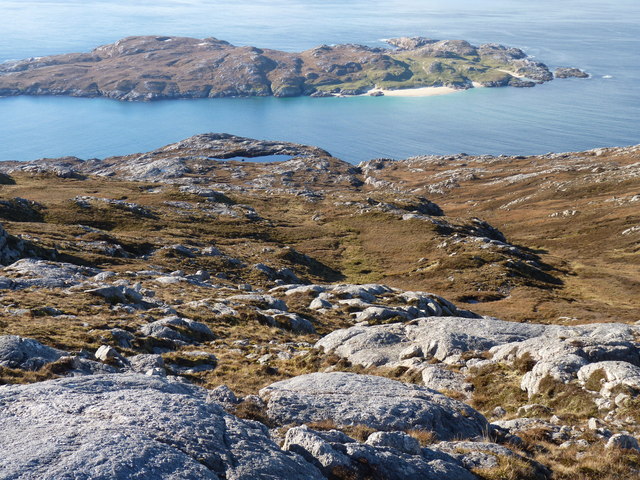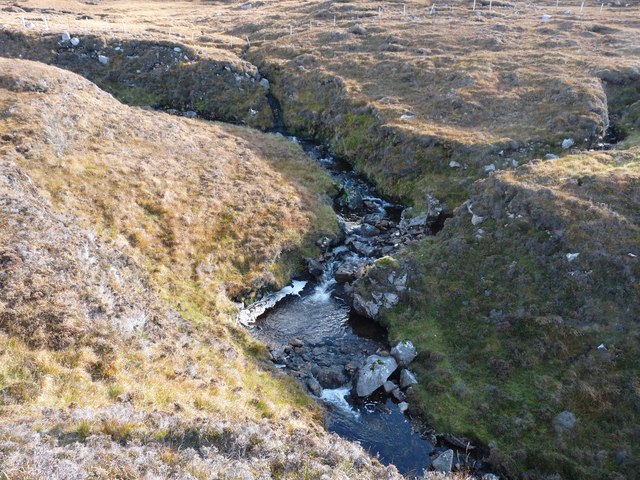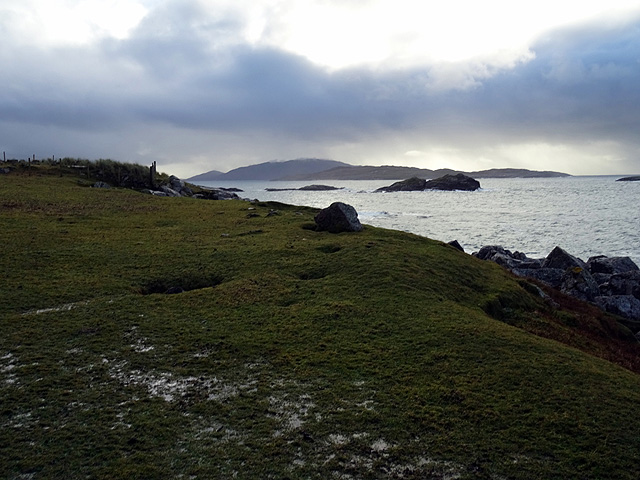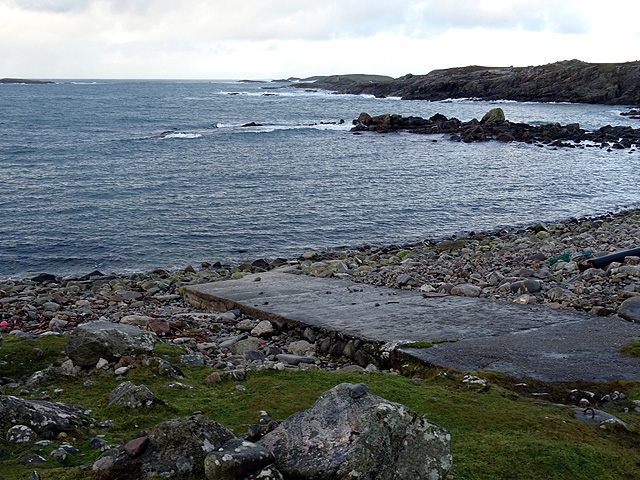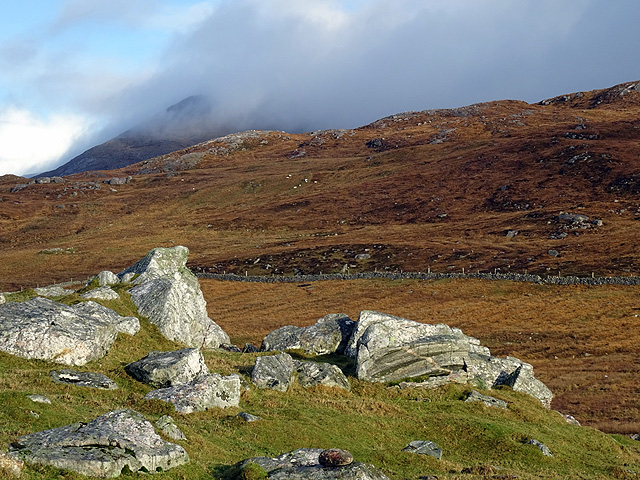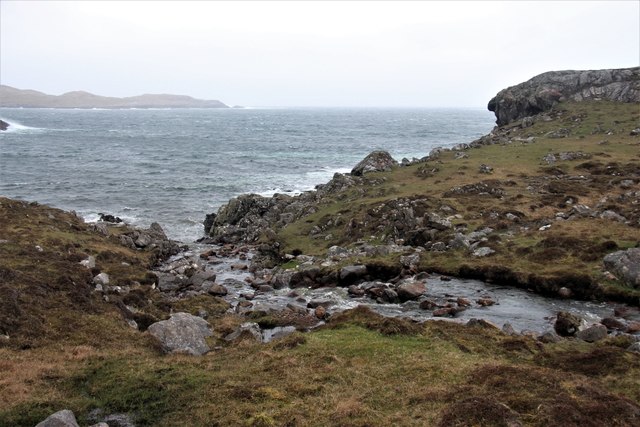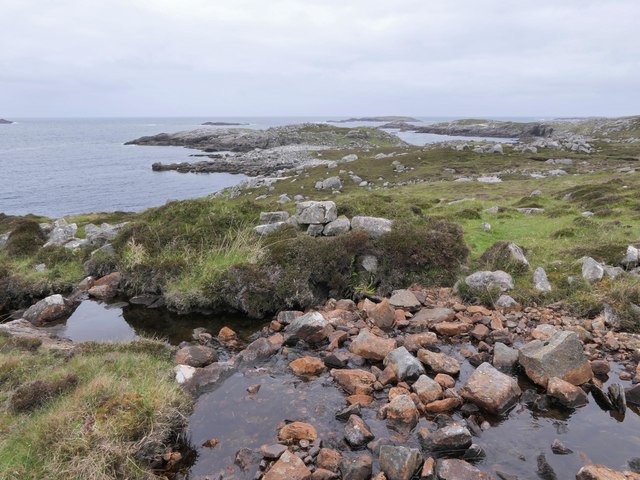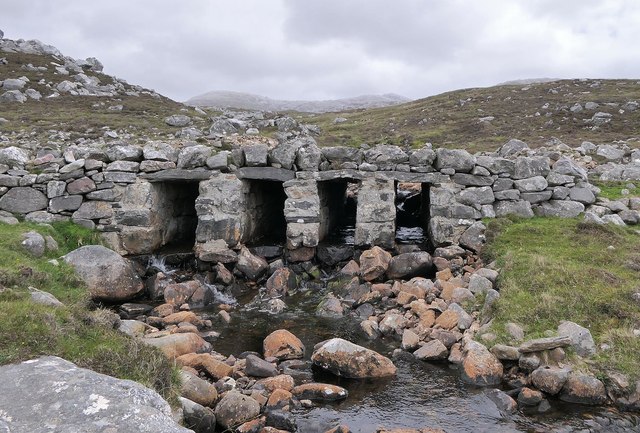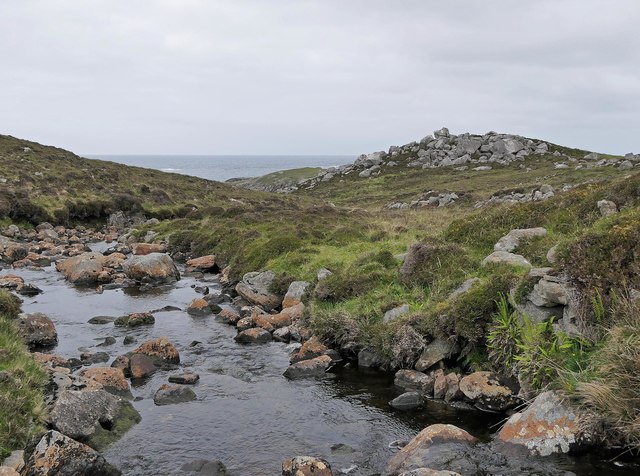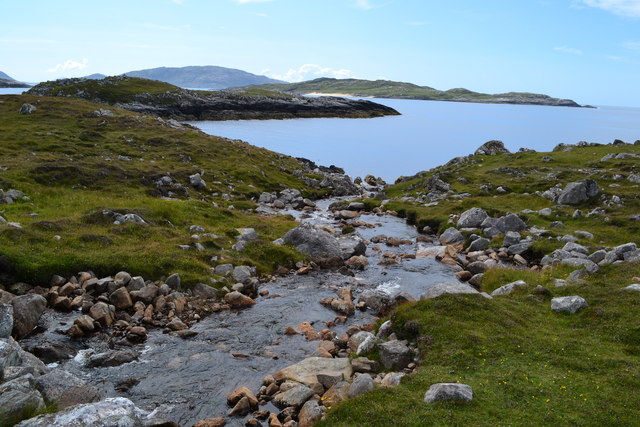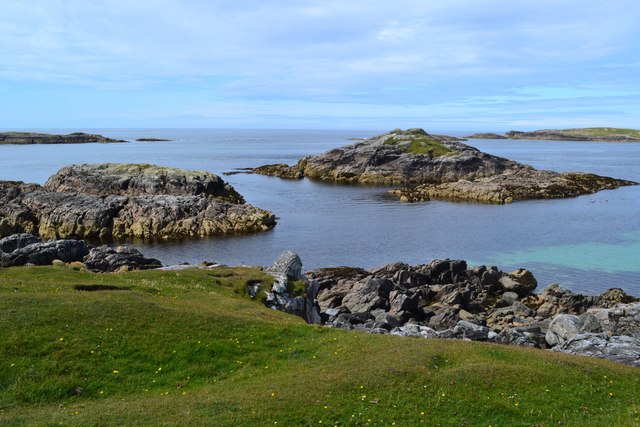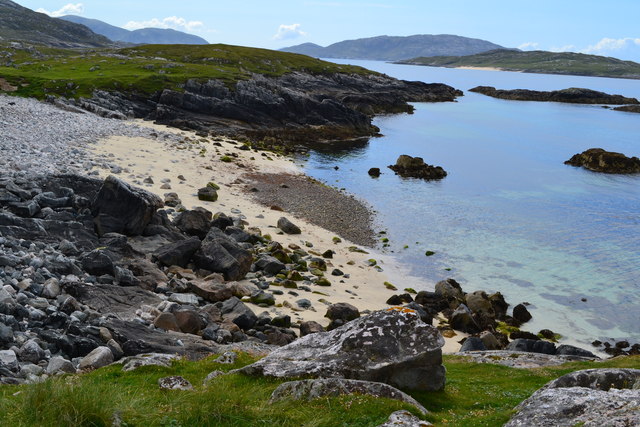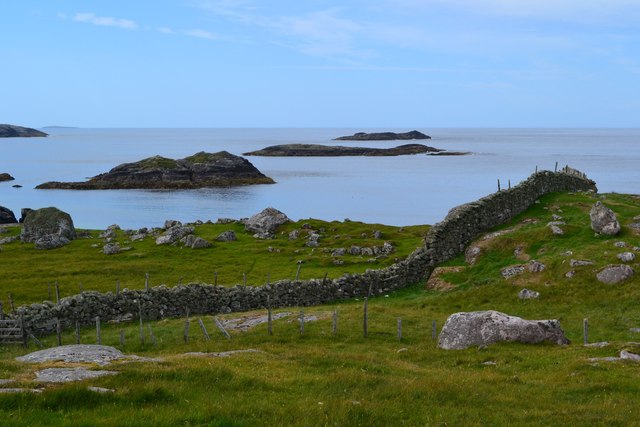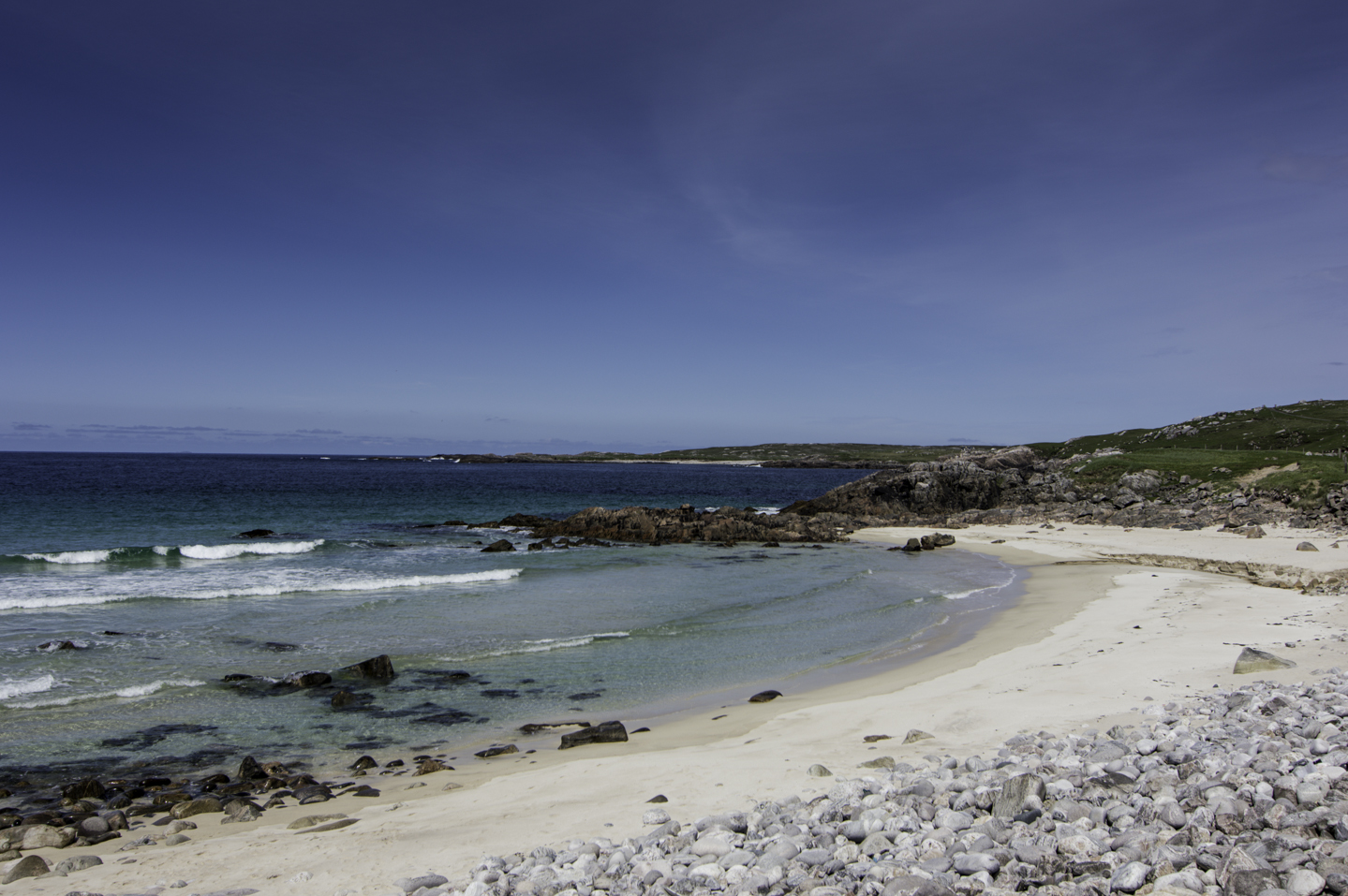Rubha Staca-Geodha
Coastal Feature, Headland, Point in Ross-shire
Scotland
Rubha Staca-Geodha
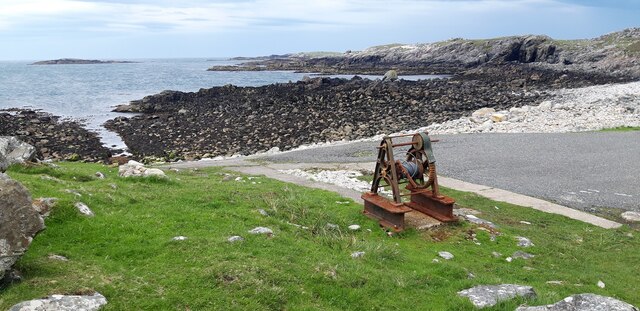
Rubha Staca-Geodha is a prominent coastal feature located in Ross-shire, Scotland. Also known as Staca-Geodha Point, it is a stunning headland that juts out into the North Atlantic Ocean, offering breathtaking views of the surrounding area.
This headland is characterized by its rugged cliffs, which rise dramatically from the sea, creating a dramatic and picturesque landscape. The cliffs are composed of ancient rock formations, showcasing a variety of geological features, including layers of sedimentary rock and evidence of past volcanic activity.
Atop Rubha Staca-Geodha, visitors can enjoy panoramic vistas of the ocean, with unobstructed views of the horizon and the vast expanse of water extending into the distance. On clear days, it is even possible to catch a glimpse of the Scottish Highlands in the distance.
The headland is home to a diverse range of wildlife, including various species of seabirds that nest in the cliffs. Visitors may spot birds such as gannets, puffins, and guillemots, which add to the natural beauty and charm of the area.
Access to Rubha Staca-Geodha is relatively easy, with a well-maintained walking path that leads from a nearby parking area to the headland. The path is suitable for walkers of all abilities and offers opportunities for exploration and photography.
Overall, Rubha Staca-Geodha is a captivating coastal feature that showcases the raw beauty of the Scottish coastline. Its stunning cliffs, breathtaking views, and abundant wildlife make it a must-visit destination for nature enthusiasts and photographers alike.
If you have any feedback on the listing, please let us know in the comments section below.
Rubha Staca-Geodha Images
Images are sourced within 2km of 58.088702/-7.1028325 or Grid Reference NA9922. Thanks to Geograph Open Source API. All images are credited.
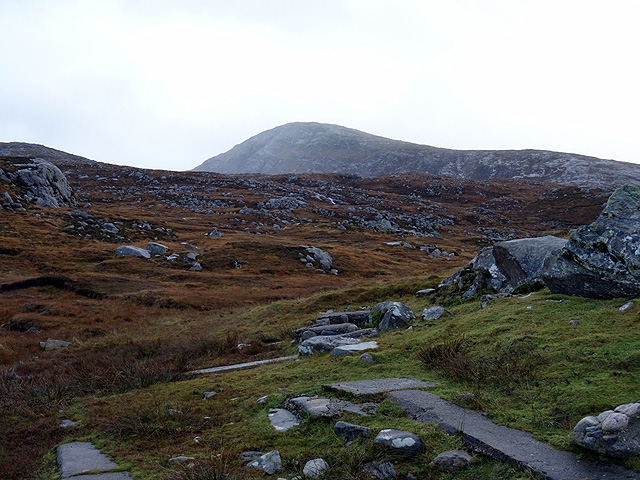
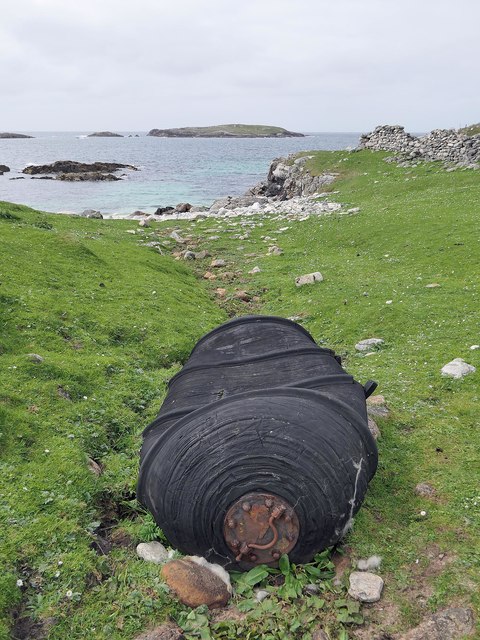
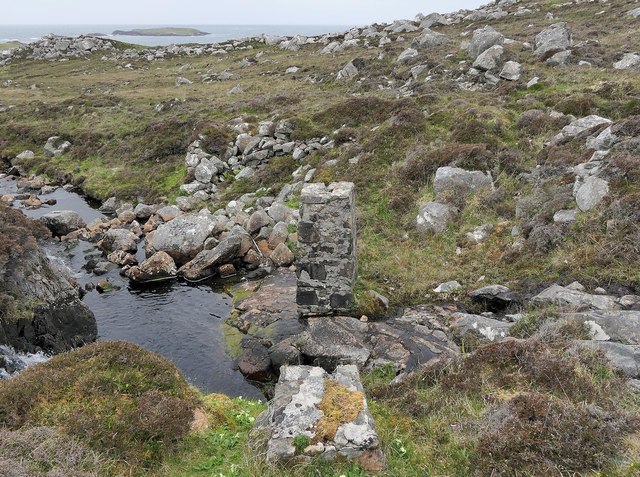
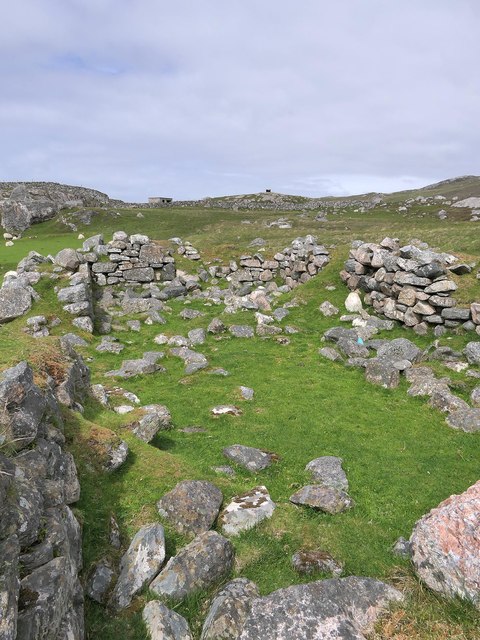
Rubha Staca-Geodha is located at Grid Ref: NA9922 (Lat: 58.088702, Lng: -7.1028325)
Unitary Authority: Na h-Eileanan an Iar
Police Authority: Highlands and Islands
What 3 Words
///resonated.turntable.wake. Near Tarbert, Na h-Eileanan Siar
Nearby Locations
Related Wikis
Game pieces of the Lewis chessmen hoard
The game pieces of the Lewis chessmen hoard consist of ninety-three game pieces of the Lewis chessmen found on the Isle of Lewis in the Outer Hebrides...
Mealista
Mealista (Scottish Gaelic: Mealasta) was a township in the west of the Isle of Lewis. It is currently largely uninhabited due to the Highland Clearances...
Eilean Mhealasta
Eilean Mhealasta (Mealista Island) is an uninhabited island off the west coast of Lewis in the Outer Hebrides of Scotland. It takes its name from Mealista...
Brenish
Brenish (Scottish Gaelic: Brèinis) is a small village situated on the west coast of the Isle of Lewis, which is part of the Outer Hebrides of Scotland...
Have you been to Rubha Staca-Geodha?
Leave your review of Rubha Staca-Geodha below (or comments, questions and feedback).
